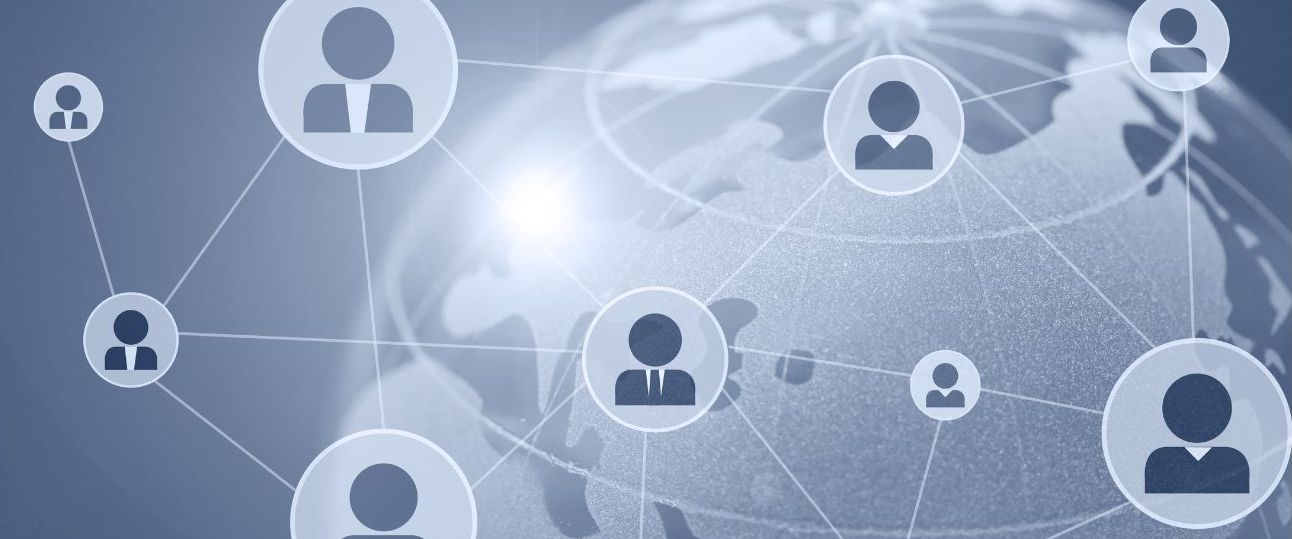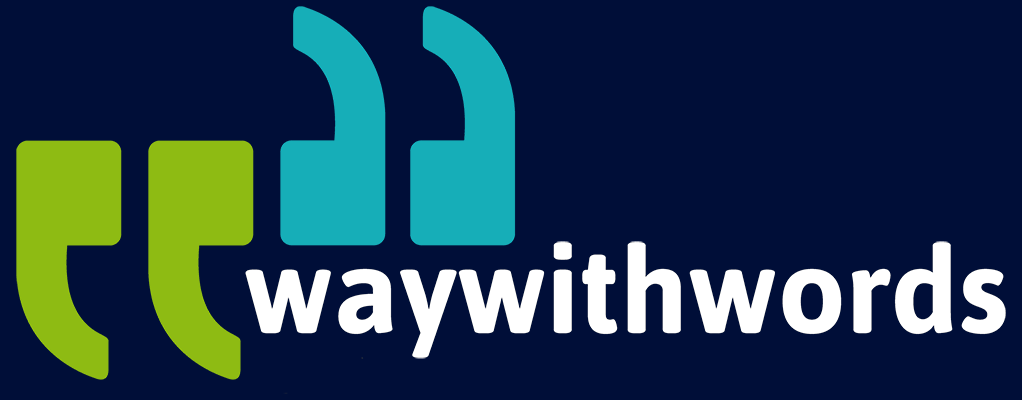What Languages Are Most Underrepresented in Speech Corpora?
Closing the Gap on Missing Language Datasets
Language inclusion is no longer a fringe consideration—it is central to ensuring fairness, accessibility, and global utility. Yet a troubling gap remains. While some languages have vast, refined speech datasets that fuel ever-advancing AI systems, others—spoken by millions—remain almost entirely absent from the digital landscape. These are the underrepresented languages in AI, and their absence from speech corpora poses not just a technical problem, but a socio-cultural one.
From foundational voice assistants to inclusive education tools and digital public services, modern speech-driven technologies depend on robust language datasets and excellence in the quality of such sets through various methodologies such as timestamp alignments in ML. When certain languages or dialects are missing from these data pools, their speakers are effectively excluded from the digital future.
This article explores which languages are most underrepresented in speech corpora, why they remain absent, what this means for communities, and how researchers and developers can begin closing the gap.
Defining Underrepresentation in Speech AI
The term “underrepresented” in speech AI refers to languages that are either entirely absent or significantly lacking in machine-readable audio datasets used to train speech recognition, synthesis, or analysis systems. It’s a status that results from more than just a small number of speakers.
To understand underrepresentation, it’s important to distinguish between:
- Number of native speakers vs. digital resource availability: A language may have millions of speakers but virtually no usable speech data for training AI models.
- Presence in research vs. presence in production models: Some languages may exist in academic literature but are not incorporated into practical systems like ASR (Automatic Speech Recognition) tools or digital assistants.
- Standardised languages vs. dialectal or regional variants: Even widely spoken languages like Arabic or Hindi have many regional dialects that are poorly represented.
Factors contributing to underrepresentation include:
- Lack of written tradition: Many indigenous and oral languages have limited or no standardised written form, complicating transcription and annotation.
- Limited funding or institutional support: Data collection projects often prioritise widely spoken, economically dominant languages.
- Data colonialism concerns: Communities may be hesitant to contribute to data projects out of fear their language or culture will be exploited without benefit to them.
A good working definition of underrepresentation, therefore, includes languages that:
- Lack publicly available or well-annotated speech datasets;
- Have minimal or no representation in commercial speech technology;
- Are underprioritised in academic or industrial research projects despite being actively spoken.
These underrepresented languages form the blind spots in today’s AI systems—blind spots that disproportionately affect the marginalised.
Global Overview of Missing Languages
The world is home to over 7,000 languages, yet only a few hundred are represented in usable speech corpora, and even fewer are included in commercial speech products. A closer look at the global map of underrepresentation reveals striking disparities.
Africa: Endangered Click Languages
The Khoisan languages of southern Africa, known for their unique click consonants, are among the most underrepresented. Languages like !Xóõ, N|uu, and ǂʼAmkoe are spoken by only a few hundred individuals, with extremely limited digital presence.
Despite being phonetically rich and linguistically significant, their data is scarce due to:
- Remote and dispersed speaker populations;
- A history of marginalisation and language suppression;
- Technical challenges in transcribing complex phonemes.
Asia: The Disappearance of Ainu
Ainu, once widely spoken in Hokkaido, Japan, is now critically endangered. While revitalisation efforts are underway, there is almost no speech data available for AI training. Similar patterns are seen in minority Tibeto-Burman languages and languages of Arunachal Pradesh, India, which are spoken in geographically isolated regions.
The Americas: Mixtec and Mayan Variants
Mexico’s Mixtec language is not one language but a family of closely related dialects spoken by over 500,000 people. Many of these variants are mutually unintelligible, but speech data efforts have lumped them together or overlooked them entirely.
Mayan languages like K’iche’, Q’eqchi’, and Yucatec Maya have large speaker bases but lack corpus diversity in terms of age, gender, and dialectal variation.
Europe: Saami and Romani Gaps
Despite Europe’s robust digital infrastructure, underrepresentation exists. The Saami languages of northern Scandinavia are often excluded from national language technology policies, and Romani dialects—spoken by over 10 million people worldwide—have barely any speech representation in commercial systems.
The Overlooked Dialects
Even within well-resourced languages like English or Spanish, regional variants are left out. South African English, for example, has unique phonetic and lexical features rarely captured in generic English datasets. Similarly, Caribbean Spanish and African American Vernacular English (AAVE) are often misclassified or mistranscribed.
This global pattern reveals a hierarchy: the more distant a language is from commercial centres of power, the less likely it is to be digitally captured.
Consequences for Speech Technology
The exclusion of underrepresented languages from speech corpora has ripple effects across several dimensions of modern life. These consequences reinforce systemic inequality and obstruct progress in digital inclusion.
- Inequitable Access to Technology
Speakers of underrepresented languages cannot use voice assistants, transcription tools, or translation apps in their own language or dialect. This creates a digital divide where participation in digital economies and public services is restricted.
For example:
- A Khoisan speaker trying to access a health app may find it only available in English or Afrikaans.
- A Mixtec farmer receiving weather alerts will need to rely on a language they are less comfortable with.
- Exclusion from Education and Learning Tools
Educational platforms increasingly use speech technology for assessment, pronunciation feedback, and interactive learning. When these tools don’t support a learner’s home language, it hinders literacy and engagement.
Moreover, children who grow up in non-dominant language communities may be forced to code-switch, weakening both linguistic confidence and cultural connection.
- Barriers to Public Participation
Public services like e-government, transportation, or healthcare are moving toward speech interfaces. When these are not multilingual or dialect-aware, certain populations are effectively silenced in civic processes.
- Biased AI Systems
AI models trained only on dominant language data are inherently biased. They misrecognise accents, dialects, and minority languages, resulting in:
- Disproportionate error rates;
- Discrimination in hiring (via automated interviews);
- Misinformation through misclassification or mistranslation.
By failing to represent the full linguistic spectrum, we build systems that serve the few while ignoring the many.

Efforts to Address Language Gaps
The good news is that several global and community-based initiatives are actively working to bridge the speech data gap. These efforts are varied in scale and scope, but together they demonstrate a path toward inclusion.
Common Voice by Mozilla
Common Voice is an open-source platform that invites anyone to contribute voice recordings in their language. It currently includes over 100 languages and continues to grow through community partnerships.
Notable achievements:
- Inclusion of languages like Tatar, Kinyarwanda, and Luganda;
- Localised interfaces that allow users to participate in their mother tongue;
- Gender-balanced and dialect-inclusive data collection drives.
ELAR (Endangered Languages Archive)
Based at SOAS University of London, ELAR stores multimedia documentation of endangered languages, including thousands of hours of annotated speech data. While it’s more academic than AI-focused, it’s a valuable resource for foundational data and phonetic diversity.
Masakhane
Masakhane is a grassroots, Africa-centric initiative aimed at natural language processing (NLP) for African languages. While initially text-focused, Masakhane is expanding into speech technology and translation through local partnerships.
Its success is rooted in:
- Open collaboration across countries and disciplines;
- Emphasis on community ownership;
- Sharing tools and frameworks for dataset creation.
Local Data Collectives
Smaller projects are emerging that focus on specific languages or regions. These include:
- University partnerships with Indigenous communities to record oral histories;
- NGOs training youth to collect and annotate local dialect recordings;
- Hackathons to build custom ASR models for school children in marginalised areas.
These efforts reveal that inclusion is not solely the responsibility of tech giants. Communities, researchers, and developers can all play a role in documenting the sounds of the world.
Strategic Recommendations for Inclusion
For those building speech technologies or funding linguistic data efforts, here are key strategies to prioritise underrepresented languages effectively:
- Focus on Speaker-Centric Value
Instead of collecting data for abstract AI goals, ask: What problems will this solve for the speaker community? Tools for public health, education, or farming advice often yield greater community support and data quality.
- Work With Local Partners
Community organisations, universities, and cultural leaders must be involved at every stage—from planning to collection to ownership. This ensures consent, relevance, and sustainability.
- Prioritise Dialectal Diversity
When representing a language, avoid collapsing it into a monolith. Capture:
- Different age groups and genders;
- Rural vs. urban speech;
- Varieties spoken in different provinces or social contexts.
This increases the robustness and fairness of resulting models.
- Share Data Openly When Ethical
Where privacy and consent allow, publish anonymised datasets under open licences. This fuels more innovation and avoids duplicated effort.
- Fund Annotation and Metadata
Raw recordings are not enough. Invest in:
- Accurate transcription (especially for oral languages);
- Speaker demographics and context tagging;
- Phonetic-level annotation for linguistic richness.
Without this, even well-collected data remains underutilised.
- Build for the Edge
Develop speech models that can run on low-power devices and offline settings. This allows real-world deployment in regions with limited connectivity or infrastructure.
- Train Local Talent
Instead of flying in researchers, train community members to handle data collection, transcription, and model tuning. This empowers long-term maintenance and innovation.
Final Thoughts on Missing Language Datasets
Underrepresented languages in AI are not rare curiosities—they are part of the living, breathing soundscape of our world. By overlooking them, we exclude entire communities from the benefits of digital transformation. But by consciously prioritising their inclusion, we not only build better technology, we build a more just and equitable digital future.
Whether you are a developer, policymaker, or NGO, your involvement can make a real difference. Inclusion in speech AI is not just about technical progress—it’s about human dignity, cultural preservation, and equal opportunity.
Resources and Links
Wikipedia: Endangered Languages – A foundational reference to understand the scope, causes, and efforts around language endangerment.
Way With Words – Speech Collection – Way With Words offers expert-led speech collection services tailored to complex linguistic and technical environments. Whether you’re building speech models for underrepresented languages or seeking high-quality annotated data, their solutions are designed to bridge the data gap with accuracy, efficiency, and cultural sensitivity.
